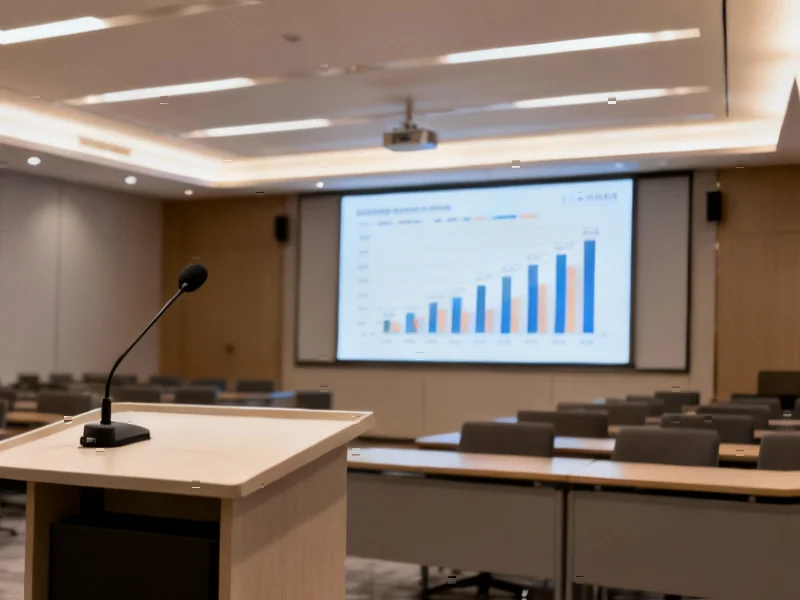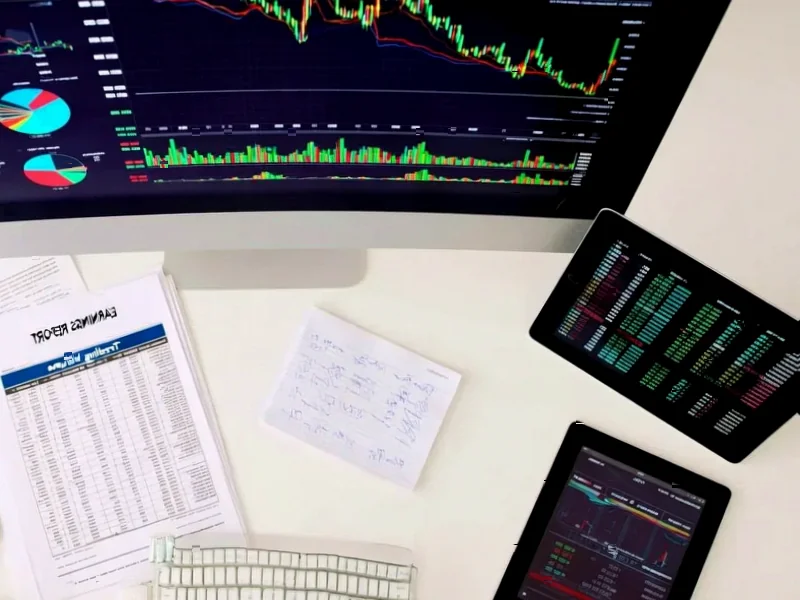According to Forbes, Federal Reserve Chairman Jerome Powell’s Wednesday press conference following the central bank’s policymaking committee meeting revealed significant institutional flaws that demand leadership change. The Fed implemented a widely expected 0.25% rate cut but surprised markets by suggesting another cut next month might not occur due to economic uncertainty exacerbated by missing government data. Powell described the situation as “driving in the fog” and emphasized slowing down amid conflicting signals between strong consumer spending and wobbly labor markets. The article criticizes the Fed’s $6.6 trillion securities holdings, which remain eight times higher than pre-2008 levels and represent 21% of GDP compared to 6% before the financial crisis, while noting that 40% of reserves paying interest go to foreign banks. This comprehensive critique suggests the institution needs fundamental overhaul and new leadership, potentially Treasury Secretary Scott Bessent.
Table of Contents
The Fed’s Philosophical Crossroads
The debate about the Federal Reserve’s fundamental approach to inflation represents a century-old tension in central banking philosophy. While the source article criticizes the Fed’s “bias against a vigorous economy,” this perspective overlooks the historical context that shaped modern monetary policy. The Federal Reserve’s dual mandate of price stability and maximum employment inherently creates tension between these objectives. What’s missing from the current discussion is how digital transformation and globalization have fundamentally altered traditional inflation dynamics. The relationship between employment, wages, and prices that guided 20th-century monetary policy may no longer apply in an economy where technology creates deflationary pressures even during periods of growth.
Balance Sheet Bloat and Market Distortion
The criticism of the Fed’s expanded balance sheet touches on a legitimate concern about market structure and central bank influence. When an institution holds $6.6 trillion in securities, its portfolio decisions inevitably shape capital allocation across the economy. This creates what economists call “the Fed put” – the implicit guarantee that the central bank will intervene during market stress. The real concern isn’t just the size but the composition and duration of these holdings. The Fed’s massive presence in mortgage-backed securities, for instance, has arguably distorted housing market pricing and risk assessment. As the Fed becomes a permanent large player in multiple asset classes, it raises questions about price discovery and whether markets can function efficiently with such a dominant participant.
The 2% Inflation Target Question
The critique of the Fed’s 2% inflation target as arbitrary deserves deeper examination. While the source characterizes it as “pulled out of thin air,” the reality is more nuanced. The 2% target emerged from international central banking consensus in the 1990s, representing a compromise between zero inflation (which risks deflation) and higher levels that might become unanchored. However, the changing nature of consumer spending patterns and the reduced sensitivity of modern economies to modest inflation variations suggest this target may need rethinking. With digital price comparison and global supply chains creating more price transparency and competition, the traditional inflation fears that guided this target may be outdated.
Leadership and Institutional Momentum
The call for Jerome Powell to step down raises important questions about Federal Reserve leadership transitions during economic uncertainty. Changing leadership amid the “fog” Powell described could create additional market volatility and policy uncertainty. More fundamentally, the criticism highlights the challenge of institutional reform in established central banks. The Federal Reserve’s structure, with its regional banks and complex governance, creates significant institutional momentum that resists rapid change. Even with new leadership, the underlying bureaucratic processes and economic models that guide decision-making would likely persist, suggesting that meaningful reform requires more than personnel changes.
Data Gaps and Policy Blindspots
The reference to missing economic data due to government shutdowns points to a broader vulnerability in modern monetary policy. The Fed increasingly relies on real-time data and sophisticated modeling, making it particularly sensitive to data interruptions. This dependency creates systemic risk when political dysfunction disrupts statistical agencies. More concerning is whether the Fed’s traditional data sources adequately capture structural economic changes, particularly in the gig economy, digital services, and shadow banking. If monetary policy is indeed “driving in the fog,” part of the problem may be that the Fed’s windshield wipers – its data collection and analysis capabilities – aren’t keeping up with the storm of economic transformation.
The Path Forward
Looking ahead, the Federal Reserve faces not just a leadership question but an existential one about its role in a transformed global economy. The institution must balance its traditional inflation-fighting mandate with new challenges including digital currency emergence, climate risk assessment, and financial stability in increasingly interconnected markets. The criticism articulated in the source article reflects growing public and expert concern about central bank power and transparency. Whether through leadership change or internal reform, the Fed will need to address these fundamental questions about its philosophy, tools, and communication strategies to maintain credibility in an era of unprecedented economic complexity.



